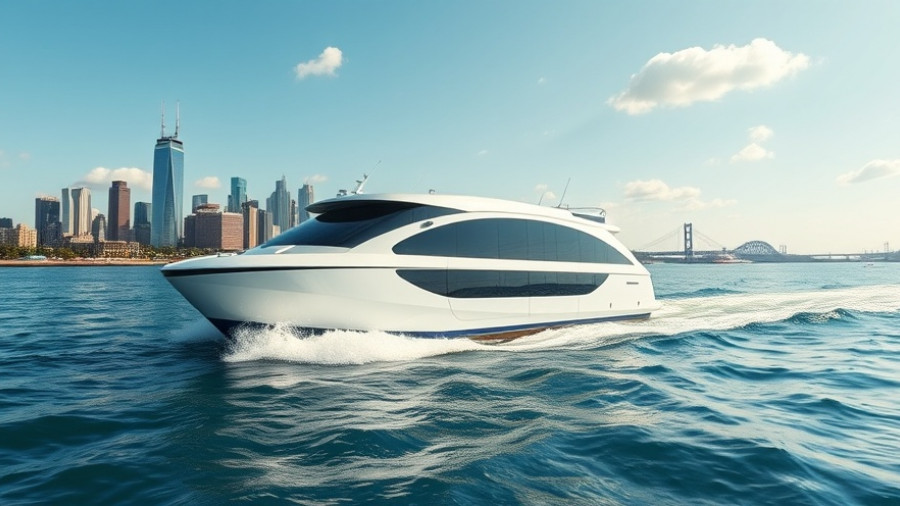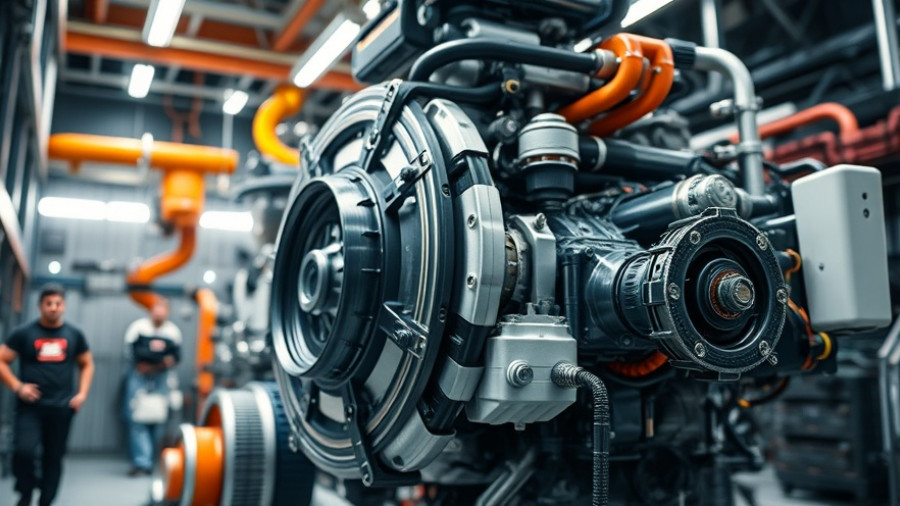
Understanding the Role of Community in Ferry Success
The upcoming FERRIES 2025 conference, set for November 4-5 in New York City, is centered on a topic that keeps echoing through various transportation systems across the United States: community engagement. Experts are gathering to discuss a critical theme that could shape the future of ferry operations—how collaborating with the communities they serve can significantly boost operational success.
Community Engagement Drives Operational Success
The panel titled “Beyond the Dock: How Community Engagement Drives Ferry Success” is set to be one of the main attractions of the conference. Hosted by Jeffrey Brault of the Hornblower Group, the panel features leaders from various ferry services, including Bob Lawler from Boston Harbor City Cruises and Connie Smith from the New Orleans Regional Transit Authority. These panelists will illustrate how feedback from local communities can inform service planning and branding, ultimately preventing operational missteps that arise from a disconnect between ferry operators and their riders.
The Important Balance Between Affordability and Operations
Attendants of the conference will also delve into the nuanced balance between operational realities and affordability. As ferries become an integral part of local public transportation, operators must consider how to maintain essential services while accommodating passenger needs. This is especially pertinent in communities where ferries serve as lifelines for residents, addressing not just transportation, but social connections and economic mobility.
Technological Evolution in Ferry Systems
As ferry services evolve, technology is becoming a crucial aspect of operations. The rise of hybrid and electric-powered vessels is changing the landscape of maritime transportation, offering more sustainable options for communities that prioritize environmental responsibility. This intersection between technology and community engagement emphasizes a critical takeaway from the conference: local relationships must evolve in parallel with advancements in vessel operations and fuel sources.
Ferries as Cultural Symbols
Beyond their practical use, ferries contribute significantly to community identity. They are often intertwined with the social fabric of an area, becoming cultural symbols that reflect local heritage and customs. This is perhaps most evident in cities like Boston and New Orleans, where ferry rides deliver breathtaking views alongside a sense of pride and connectivity.
Networking and Learning Opportunities
The FERRIES 2025 conference is more than just an educational experience; it’s an opportunity for ferry operators, shipyards, and suppliers to forge valuable connections. With several sessions and workshops lined up, attendees can share ideas, strengthen partnerships, and innovate solutions for shared challenges in the ferry market. Participants can expect to learn from case studies and presentations that showcase effective strategies in managing changing regulations and cybersecurity concerns while also enhancing passenger experiences.
Why Attend FERRIES 2025
As the ferry industry continues to adapt to modern-day challenges, FERRIES 2025 promises a comprehensive look at the future of ferry operations. From discussions on technological advancements to community engagement strategies, the conference will provide attendees with tools and techniques to enhance their own operations. With over two decades of ferry expertise showcased, this event will be a must for those vested in the maritime transport sector.
Don’t miss out on your chance to participate in the final days of early bird registration—which ends on October 17. By registering before the deadline, you can save $200 on this invaluable opportunity to learn about the ferry industry and its promising future.
 Add Row
Add Row  Add
Add 




Write A Comment